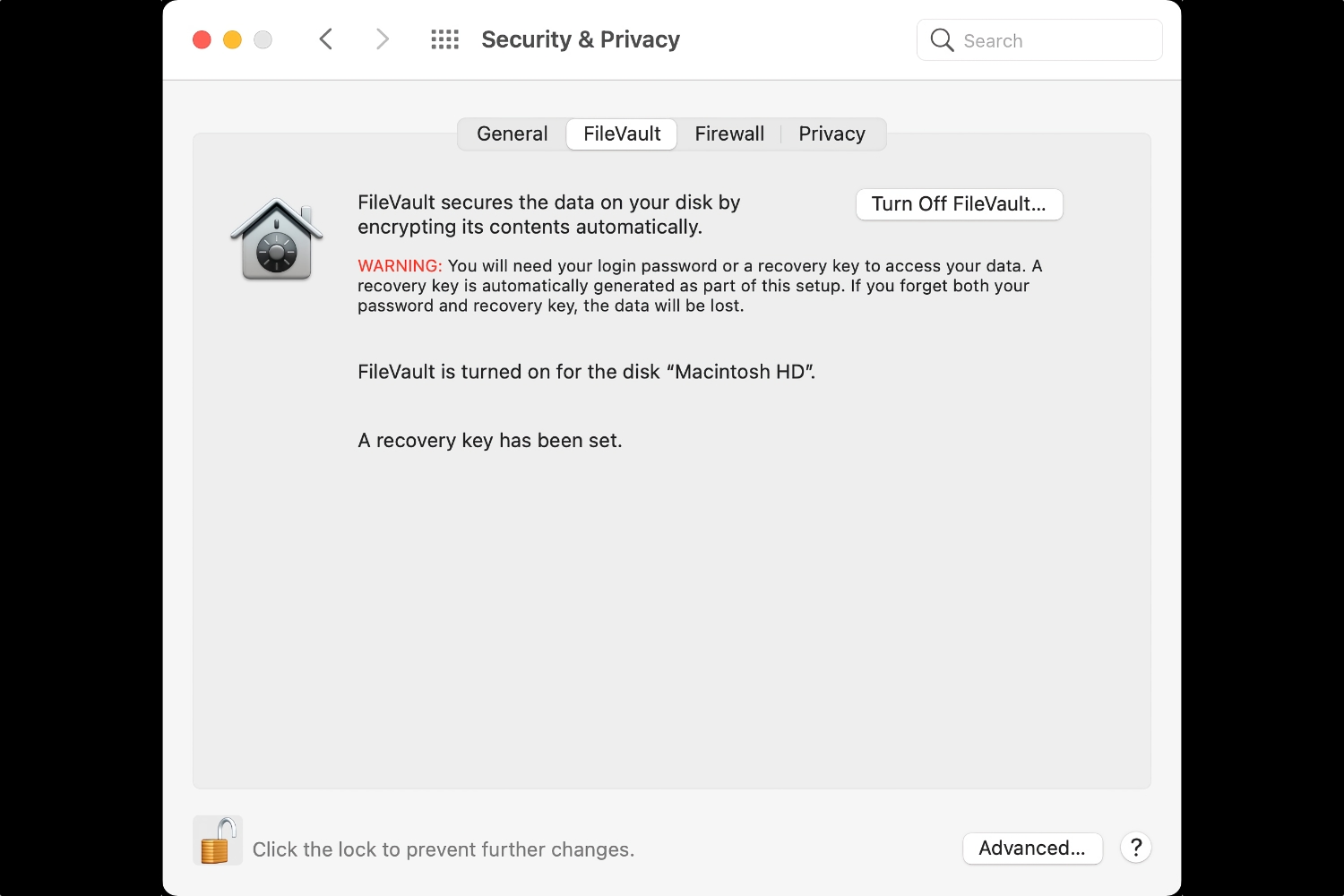


You didn’t store the password for the volume or volumes and the drive is unmounted.Apple should either disable the capability or fix the problem. This likely has to do with the way in which M1 Macs boot from the system volume in Big Sur. Unfortunately, you can turn on FileVault on an external drive, but on restarting, it’s no longer recognized. However, these Macs so far cannot correctly use FileVault on an external bootable volume. Apple silicon M1 Macs: The new M1-based Macs Apple introduced in late 2020 have a Secure Enclave module, and also always encrypt the startup drive.With such models, you can also use FileVault on external bootable volumes, but FileVault handles the encryption in those cases. FileVault on a T2-equipped Mac protects a Mac’s data at a cold startup. (There’s a way to disable this, but there’s no reason to.) The Secure Enclave handles all the necessary pieces.

Intel Macs with a T2 security chip: Most Intel Mac models released starting in 2018 have a T2 security chip, which is set to always encrypt the drive, even if FileVault is disabled.You can also use FileVault to encrypt and protect an external startup or bootable drive while it’s booted into macOS. Intel Macs without a T2 security chip: These older Macs, largely models introduced before 2018, use FileVault both for startup security and to handle disk encryption.How FileVault works varies based on your model of Mac: FileVault is managed via the Security & Privacy preference pane’s FileVault pane. You can read the full details elsewhere on Macworld about the ins and outs of FileVault, but it’s a way to combine the security of account-based access with the assurance of fully encrypted data. You can encrypt a non-startup external drive’s volume on any Mac. Drive encryption: Finder-mountable non-system volumes can be encrypted via the Finder, as well as advanced ways via the command line and Disk Utility.This can’t be used with an external startup drive with an M1-based Mac. FileVault: FileVault lets you control access to your startup volume, whether on an internal or external drive, including encrypting a drive where necessary.Apple offers two distinct ways of encrypting volumes on a drive, and it’s important to know the difference between them and the current limitation on drives connected to M1-based Apple Silicon Macs. Full-disk encryption (FDE) is a low-effort way to ensure that if someone were to get ahold of one of your drives while unmounted or a Mac while powered down, the contents on the drive would be unusable to them without knowing a password or other encryption information.


 0 kommentar(er)
0 kommentar(er)
